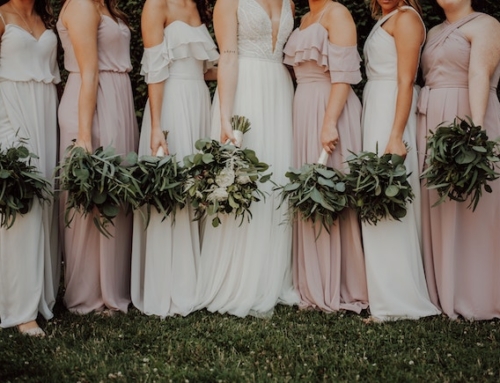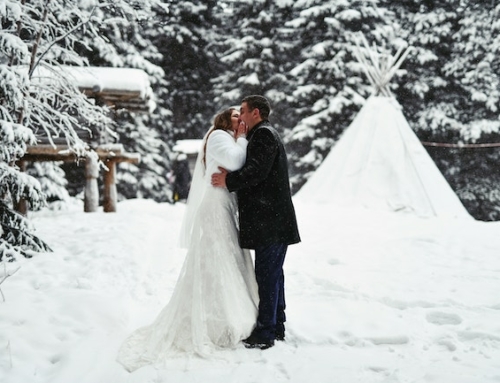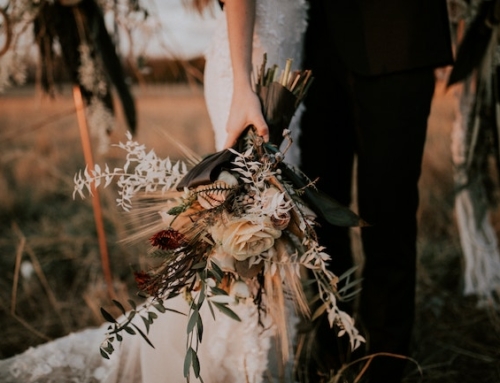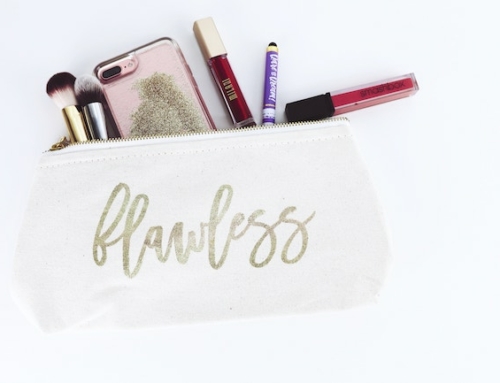Your wedding dress is not just a garment you wear on your special day; it’s a symbol of love, beauty, and cherished memories. After the excitement of your wedding day fades, preserving and caring for your wedding dress becomes essential to ensure its longevity and retain its sentimental value. Proper preservation allows you to relish the memories associated with your dress and potentially pass it down as a family heirloom.
In this article, we will explore the importance of preserving and caring for your wedding dress, providing valuable tips on cleaning, storage, handling, displaying, and documenting. By following these guidelines, you can ensure that your precious gown remains in impeccable condition long after the wedding festivities are over.

Cleaning and Preservation Process
Cleaning and preserving your wedding dress after the big day is crucial to maintain its beauty and longevity. The cleaning and preservation process typically involves the following steps:
Immediate Attention
It’s crucial to address any stains or spills on your wedding dress as soon as possible. If you notice any marks, consult a professional wedding dress cleaner who specializes in delicate fabrics. Prompt action increases the chances of successful stain removal.
Professional Cleaning
Once your wedding is over, take your dress to a reputable professional cleaner experienced in handling wedding gowns. They will assess the fabric, embellishments, and any specific cleaning requirements. Professional cleaning ensures that even invisible stains, such as sweat or oil, are removed, preventing them from setting and causing long-term damage.
Preservation Kit
Invest in a wedding dress preservation kit, which typically includes acid-free tissue paper, a preservation box, and instructions for proper packing. These kits are designed to maintain the dress’s shape, prevent yellowing, and protect it from light, dust, and pests.
Storage Environment
Choose an appropriate storage location for your dress. Avoid areas with excessive heat, humidity, or direct sunlight, as they can cause fabric discoloration and deterioration. Opt for a cool, dry, and dark space, such as a closet or under-bed storage, to protect the dress from environmental damage.
Acid-Free Packaging
Wrap your wedding dress in acid-free tissue paper to prevent any contact with potentially harmful substances. Acid-free tissue paper helps preserve the dress’s color and prevents creasing. Place the dress in a sturdy, breathable, and acid-free preservation box to ensure proper ventilation and protection.
Handling with Care
When handling your wedding dress, make sure your hands are clean and free of any lotions, oils, or perfumes that can transfer to the fabric. Avoid touching the dress unnecessarily to minimize the risk of dirt or oil stains. Use white cotton gloves if necessary.
Regular Inspection
Periodically check your preserved wedding dress for any signs of damage, such as discoloration, mold, or pests. If you notice any issues, consult a professional preservationist for advice and assistance in restoring and preserving the gown.

Storage Tips
Proper storage is essential to preserve the beauty and integrity of your wedding dress over time. Here are some key storage tips to keep in mind:
Proper Hanging
If your wedding dress has a structured bodice or delicate embellishments, it’s best to hang it rather than fold it. Choose a padded hanger that supports the weight of the gown evenly to prevent stretching or distortion. Avoid using wire hangers, as they can leave marks or indentations on the fabric.
Covering the Dress
Use a breathable garment bag or a cotton sheet to cover your wedding dress. Avoid plastic covers or bags as they can trap moisture and lead to mildew or discoloration. The cover will protect the dress from dust and light exposure while allowing air circulation.
Avoid Excessive Handling
Minimize the handling of your dress during storage. Frequent touching or moving of the gown can increase the risk of snagging, tearing, or introducing dirt and oils. Ideally, store the dress in a location where it won’t require frequent access.
Temperature and Humidity Control
Extreme temperature and humidity fluctuations can damage your wedding dress. Choose a storage area that maintains a stable climate to prevent fabric deterioration, mold growth, or color fading. Avoid storing the dress in basements, attics, or garages where temperature and humidity levels can be inconsistent.
Regular Air Circulation
Adequate ventilation is essential to prevent musty odors or mold growth. Avoid sealing the preservation box too tightly, as it may trap moisture inside. Periodically open the box or garment bag to allow fresh air to circulate around the dress.
Keep Away from Pets and Pests
Store your wedding dress in a location where it’s inaccessible to pets or potential pests. Cats and dogs may be tempted to play with or chew on the fabric, while pests like moths can cause irreparable damage. Consider using natural moth repellents such as lavender sachets or cedar blocks to further protect your dress.
Avoid Display in Direct Sunlight
If you plan to display your dress, make sure it’s away from direct sunlight. Prolonged exposure to sunlight can fade delicate fabrics and cause discoloration over time. Choose a location that provides gentle, diffused lighting instead.

Handling and Maintenance
Proper handling and regular maintenance, such as gentle spot cleaning and periodic inspections, are important to preserve the quality and beauty of your wedding dress.
Gentle Handling
When handling your wedding dress, make sure to wash your hands or wear clean, white cotton gloves to avoid transferring oils, dirt, or makeup onto the fabric. Be gentle when touching delicate materials or intricate details to prevent snags or tears.
Spot Cleaning
If you notice any stains or spills on your dress, it’s important to address them promptly. Use a mild, gentle cleaner specifically formulated for wedding dresses or consult a professional cleaner for advice. Test any cleaning product on a small, inconspicuous area of the dress first to ensure it doesn’t cause any discolouration or damage.
Professional Cleaning
After your wedding, it’s recommended to have your dress professionally cleaned, even if it appears clean. Professional cleaners have the expertise and tools to handle delicate fabrics and remove hidden stains that may not be immediately visible. Choose a reputable cleaner experienced in wedding dress preservation.
Repairs and Alterations
If your dress has any loose threads, missing buttons, or minor damages, it’s best to have them repaired by a professional seamstress. They can ensure that the repairs are done with precision and care, maintaining the integrity of the dress. It’s also important to consult a professional before attempting any alterations to the dress to preserve its original design.
Regular Inspections
Periodically inspect your dress for any signs of damage, such as loose threads, tears, or discoloration. Catching potential issues early allows for prompt repair and prevents further damage. Store the dress in a well-lit area and gently unfold or refold it during inspections to examine all areas.
Avoid Harsh Chemicals
When storing or cleaning your wedding dress, avoid using harsh chemicals, bleach, or stain removers that may damage the delicate fabrics or alter the color. Stick to mild and gentle cleaning products recommended for wedding dresses, and always follow the instructions provided by the manufacturer or cleaner.
Professional Preservation
If you want to ensure the long-term preservation of your wedding dress, consider professional preservation services. These services involve carefully cleaning, repairing, and storing your dress in acid-free tissue paper or a preservation box. Professional preservation helps protect the dress from yellowing, discolouration, and fabric deterioration over time.

Displaying and Showcasing
When displaying and showcasing your wedding dress, choose a suitable location that is away from direct sunlight and ensure proper support and protection to maintain its pristine condition.
Storage Options
When it comes to displaying your wedding dress, you have several options to choose from. If you have enough space, consider investing in a dress form or mannequin to showcase the dress in its full glory. This allows you to appreciate its shape and design. Alternatively, you can opt for a shadow box or display case, which offers a more enclosed and protected display.
Proper Lighting
When selecting a location to display your wedding dress, consider the lighting conditions. Natural light is ideal but make sure it’s not direct sunlight, as it can fade and damage the fabric over time. If you choose to use artificial lighting, opt for soft, warm lighting that highlights the details without causing any discolouration or damage.
Framing Accessories
Enhance the display of your wedding dress by incorporating accessories that complement its style and theme. For example, you can add a veil, bouquet, or jewelry to complete the look. Use these accessories strategically to create an appealing visual presentation.
Rotation and Maintenance
If you plan to display your wedding dress for an extended period, consider rotating it periodically to prevent any one area from experiencing excessive wear or fading. Regularly inspect the dress for any signs of damage or discoloration and address them promptly. This ensures that your dress remains in excellent condition while on display.
Protective Covering
To protect your wedding dress from dust, dirt, and potential damage, consider covering it with a breathable fabric or a muslin garment bag. Avoid using plastic covers or bags as they can trap moisture and promote the growth of mold or mildew.
Temperature and Humidity Control
Ensure that the area where you display your wedding dress maintains a stable temperature and humidity level. Extreme temperature fluctuations or high humidity can lead to fabric deterioration, discoloration, or mold growth. Avoid storing the dress in spaces such as attics, basements, or areas prone to temperature and humidity fluctuations.
Documenting and Sharing
Take photographs of your wedding dress on display to document its beauty and to share with family, friends, or future generations. Share these photos on social media or create a dedicated album or scrapbook to showcase the dress alongside other wedding mementos.

Final Thoughts
Your wedding dress is not just a garment but a cherished symbol of one of the most important days of your life. Preserving and caring for it after the big day is essential to maintain its beauty and sentimental value. By following the cleaning and preservation process, utilizing proper storage techniques, handling and maintaining the dress with care, and thoughtfully displaying it, you can ensure that your wedding dress remains in excellent condition for years to come.
Taking the time to properly care for your wedding dress demonstrates your appreciation for its significance and the memories associated with it. Whether you choose to store it as a keepsake for yourself, pass it down as a family heirloom, or even display it as a reminder of your special day, the effort you put into its preservation will be well worth it.
Remember, if you are unsure about any specific cleaning or preservation techniques, it’s always best to consult a professional wedding dress preservation specialist. They can offer expert guidance and ensure that your dress receives the appropriate care it deserves.
So, protect, preserve, and cherish your wedding dress, knowing that it will continue to evoke beautiful memories and stand as a symbol of love and joy for years to come.










